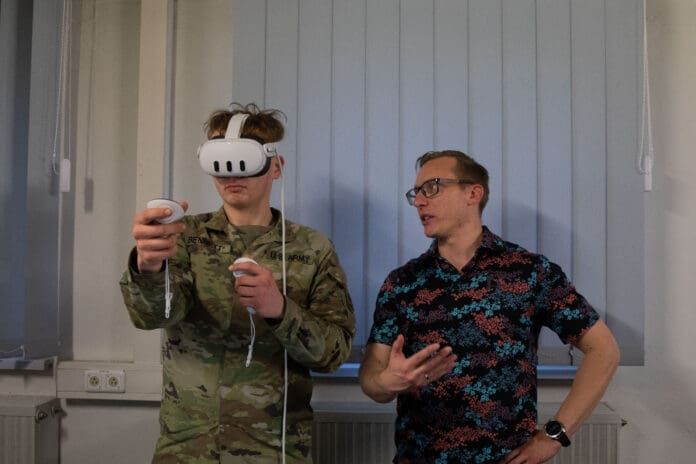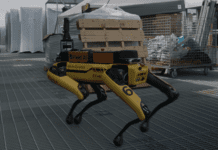This post is also available in:
 עברית (Hebrew)
עברית (Hebrew)
The U.S. Army is turning to extended reality (XR) to sharpen the skills of its aerial intelligence units, with a new virtual training system now live at Fort Bliss. The simulator, developed by Mass Virtual Inc., is designed to provide a detailed, hands-on learning environment for soldiers operating high-altitude surveillance platforms.
Part of the Army’s broader Virtual Aerial Systems Trainer (VAST) initiative, the new XR system offers realistic scenarios to train aircrews destined for ATHENA and HADES aircraft—two platforms used for airborne intelligence missions. Soldiers can now engage with critical systems and procedures virtually, without needing access to the actual aircraft.
The installation of the system was carried out in cooperation with the Army’s Project Director Sensors–Aerial Intelligence (PD SAI) office. The training platform replicates everything from preflight processes to advanced maintenance and electronic intelligence (ELINT) operations, according to the press release. The Army sees this as a step toward more adaptive, resource-efficient training methods that don’t rely on limited flight hours or in-field exposure.
Rather than using static simulations or traditional classrooms, the XR system immerses users in interactive training modules that reflect real operational workflows. For soldiers, that means the ability to learn by doing—repeating procedures, correcting errors, and gaining familiarity with systems they’ll use in the field.
The simulator was rolled out quickly, with troops from the 204th Military Intelligence Battalion among the first to use it. According to officials, feedback has been strong, with soldiers highlighting the realism and usefulness of the system. Their input is being used to fine-tune future updates.
As defense organizations look to modernize how they prepare personnel for complex missions, tools like MassXR offer a glimpse into what next-generation training could look like: scalable, adaptable, and grounded in real-world applications, without the real-world risk.


























